 W
WAbu 'Amr 'Uthman, regnal title al-Mutawakkil 'ala Allah was the Hafsid ruler of Ifriqiya, or modern Tunisia and eastern Algeria, who reigned between 1435 and 1488. A Flemish merchant who arrived at his court in Tunis in 1470 described him as tall, thoughtful, just, and pious, and called him the "greatest, most powerful, and richest of all Moorish princes." His reign was a period of relative stability and of military and diplomatic successes for the Hafsid kingdom. Uthman would prove to be the last effective Hafsid ruler, and the dynasty entered a long decline after his death until the Ottomans captured Tunis in 1574. Modern historian Jamil Abun-Nasr has called him the "last drop of Hafsid glory."
 W
WShamsuddin Ahmad Shah was a ruler of Bengal and member of the Ganesha dynasty. He was the son and successor of Sultan Jalaluddin Muhammad Shah. After his father's death, he ascended the throne at the age of 14.
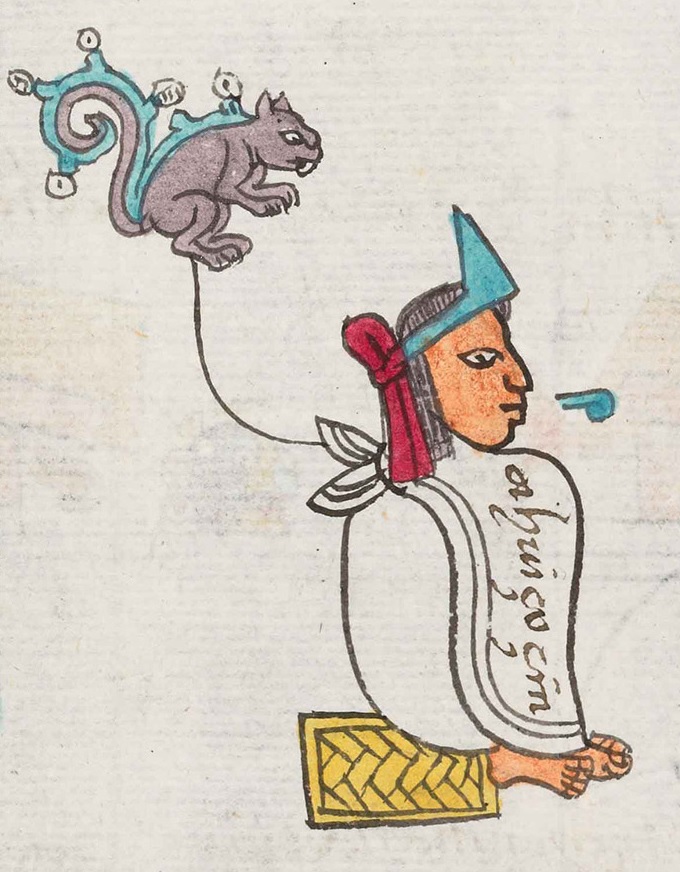 W
WAhuitzotl was the eighth Aztec ruler, the Hueyi Tlatoani of the city of Tenochtitlan, son of princess Atotoztli II. His name literally means "Water Thorny" and was also applied to the otter. He was responsible for much of the expansion of the Mexica domain, and consolidated the empire's power after emulating his predecessor. He took power as Tlatoani in the year 7 Rabbit (1486), after the death of his predecessor and brother, Tizoc.
 W
WAxayacatl was the sixth tlatoani of the altepetl of Tenochtitlan and ruler of the Aztec Triple Alliance.
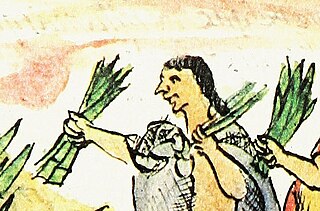 W
WChimalpilli I was a tlatoani (ruler) of the Aztec altepetl (city-state) of Ecatepec from 1428 until his death in 1465. He was the first known historical king of that city.
 W
WChimalpopoca or Chīmalpopōcatzin (1397–1427) was the third Emperor of Tenochtitlan (1417–1427).
 W
WGuarionex was a Taíno cacique from Maguá in the island of Hispaniola at the time of the arrival of the Europeans to the Western Hemisphere in 1492. He was the son of cacique Guacanagarix, the great Taíno prophet who had the vision of the coming of the Guamikena .
 W
WHuitzilihuitl Nahuatl pronunciation: [wit͡siˈliʔwit͡ɬ] (listen) or Huitzilihuitzin was the second tlatoani of Tenochtitlan, governing from 1396 to 1417,.
 W
WItzcoatl (1380-1440) was the fourth king of Tenochtitlan, and first emperor of the Aztec empire ruling from 1427 to 1440, the period when the Mexica threw off the domination of the Tepanecs and laid the foundations for the eventual Aztec Empire.
 W
WJalaluddin Muhammad Shah was a 15th-century Sultan of Bengal and an important figure in medieval Bengali history. Born a Hindu to his aristocratic father Raja Ganesha, the patriarch of the Ganesha dynasty, he assumed the throne of Bengal after a coup which overthrew the Ilyas Shahi dynasty. He converted to Islam and ruled the Bengal Sultanate for 16 years. As a Muslim king, he brought Arakan under Bengali suzerainty and consolidated the kingdom's domestic administrative centres. He pursued relations with the Timurid Empire, Mamluk Egypt and Ming China. Bengal grew in wealth and population during his reign. He also combined Bengali and Islamic architecture.
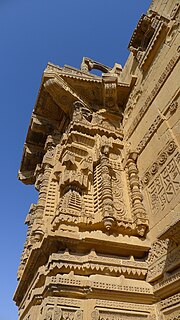 W
WJám Nizámuddín II, also known as Jam Nizam al-Din or Jám Nindó, was the Sammah Sultan of Sindh between 1461 and 1508 CE. He was the most famous ruler of the Samma dynasty, which ruled Sindh, parts of Punjab and Balochistan from 1351 to 1551 CE. His capital was Thatta in modern-day southern Pakistan. The Samma dynasty reached the height of its power during the reign of Nizamuddin, who is still recalled as a hero, and whose rule is considered the golden-age of Sindh.
 W
WJames II was the penultimate King of Cyprus, reigning from 1463 until his death.
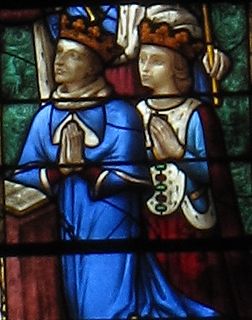 W
WJanus of Cyprus was a King of Cyprus and titular King of Armenian Cilicia and Jerusalem from 1398 to 1432.
 W
WMuqabil Khan, also known as Maqbul Khan, was a wazir and sar-e-lashkar of Srihat (Sylhet) in 1440. He was the wazir of Sylhet in 1440 during the reign of Sultan Nasiruddin Mahmud Shah of the restored Ilyas Shahi dynasty. It is unknown when Khan's office started and how long he was wazir for. After his death, he was buried in the dargah of Shah Jalal, to the west of Jalal's tomb. There is a gap between Haydar Ghazi, wazir of Sylhet in the mid-fourteenth century, and Khan as the governors of Sylhet during that time is unknown. The next known successor of Muqabil Khan is Khurshid Khan who governed Sylhet in the 1460s.
 W
WMatlaccoatzin was an Ecatepec Tlatoani, father of Chimalpilli II, Tlacuilolxochtzin and Tlapalizquixochtzin.
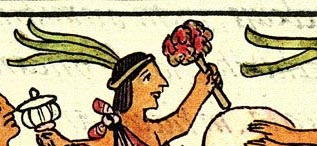 W
WMatlaccohuatl was the third Tlatoani (ruler) of Ecatepec, a Nahua altepetl.
 W
WMoctezuma I, also known as Moteuczomatzin Ilhuicamina, Huehuemoteuczoma or Montezuma I, was the second Aztec emperor and fifth king of Tenochtitlan. During his reign, the Aztec Empire was consolidated, major expansion was undertaken, and Tenochtitlan started becoming the dominant partner of the Aztec Triple Alliance. Often mistaken for his popular descendant, Moctezuma II, Moctezuma I greatly contributed to the famed Aztec Empire that thrived until Spanish arrival, and he ruled over a period of peace from 1440 to 1453. Moctezuma brought social, economical, and political reform to strengthen Aztec rule, and Tenochititlan benefited from relations with other tribes.
 W
WQuauhtlatoa was a tlatoani of the Nahua city-state Tlatelolco.
 W
WRaja Ganesha was a Hindu ruler of Bengal, who took advantage of the weakness of the first Ilyas Shahi dynasty and seized power in Bengal. Contemporary historians of the medieval period considered him as an usurper. The Ganesha dynasty founded by him ruled over Bengal from 1415−1435. His name mentioned in the coins of his son, sultan Jalaluddin Muhammad Shah as Kans Jha or Kans Shah. The Indo-Persian historians mentioned his name as Raja Kans or Kansi. A number of modern scholars identified him with Danujamardanadeva, but this identification is not universally accepted.
 W
WTayatzin was a king of Tepanec city of Azcapotzalco in Mexico. He is also called Quetzalayatzin.
 W
WTezozomoc Yacateteltetl, was a Tepanec leader who ruled the altepetl of Azcapotzalco from the year 1353 or Five Reed (1367) or Eight Rabbit (1370) until his death in the year Twelve Rabbit (1426). Histories written down in the early colonial period portray Tezozomoc as a military and political genius who oversaw an expansion of Tepanec influence, bringing about Azcapotzalco's dominance in the Valley of Mexico and beyond.
 W
WTezozomoc was the second tlatoani (ruler) of altepetl Ecatepec, in 15th-century Mesoamerica.
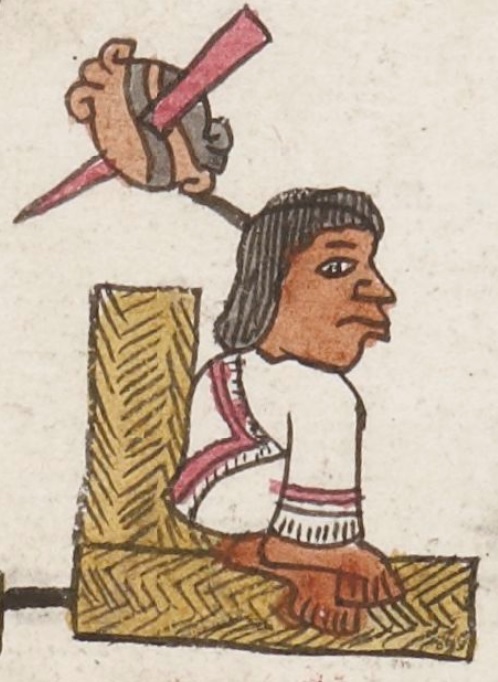 W
WTizocic [tiˈsosik] or Tizocicatzin Nahuatl pronunciation: [tisosiˈkat͡sin̥] (listen) usually known in English as Tizoc, was the seventh tlatoani of Tenochtitlan. His name means, "He who makes sacrifices" or "He who does penance."
 W
WTlacateotl was the second Tlatoani of the Aztec city of Tlatelolco from 1417 until his death.